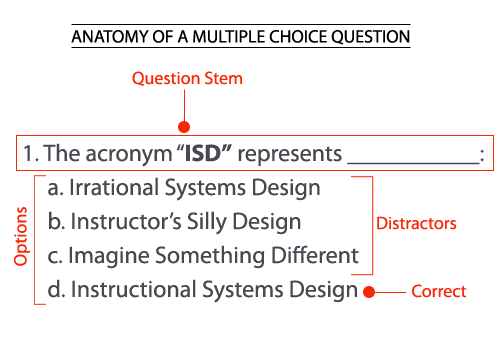I have taught college composition for almost 20 years. The second half of the composition sequence includes a major research project I call simply the Term Paper. Students receive the assignment in the opening weeks of the term and submit their finished papers immediately before final exams. In my earliest years of assigning the Term Paper, I collected final papers that were routinely poorly focused, poorly developed, and poorly organized. The more serious problem represented in these products was that student writers were not learning and adopting effective habits for research and writing. My regular weekly reminders seemed to have little effect. What I eventually decided on was a regular series of assessments that would motivate the students more directly than reminders and classroom activities. I called it the Research Log: a series of brief weekly research/writing assignments related to the Term Paper. This strategy can be adapted to nearly any class that includes a major research project, provided that the time for working on the project extends over a period of at least a few weeks.
PURPOSE:
- Show writers how to work steadily on an extended project.
- Encourage broad (many types of sources) and deep (sources with intense focus) research strategies.
- Reinforce critical thinking and writing.
SUPPLIES/SET UP:
This is a semester-long series of short assessments. The following documents are appended at the end of this article, but instructors may wish to adapt any of these to suit a specific learning goal or assessment:
- The Term Paper assignment handout
- Description of the Research Log
- Ten assignments for individual Research Log entries
- Rubric for assessing individual Research Log entries
- Research Log Survey (post-Term Paper deadline)
Source: --Douglas Okey, On Course Website
